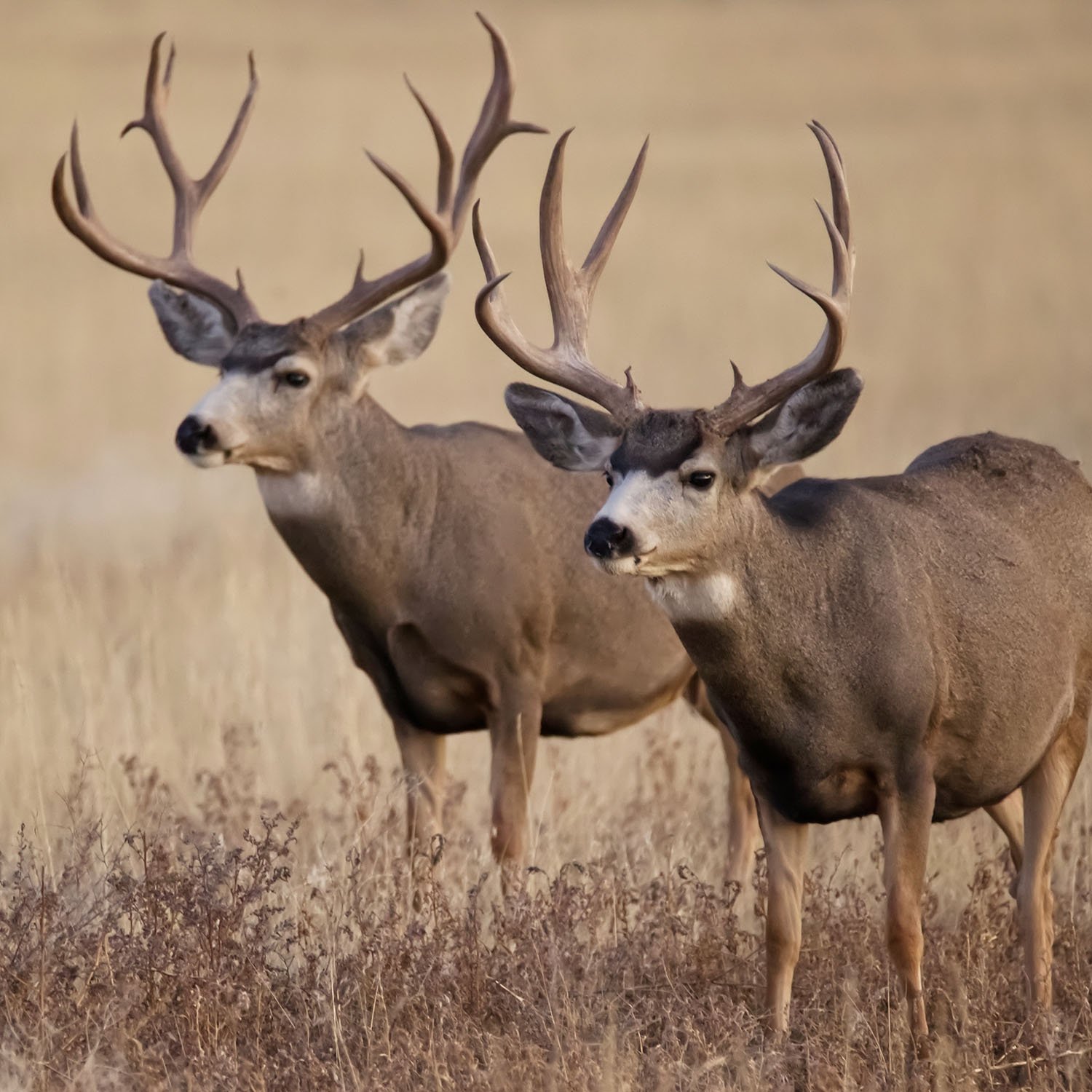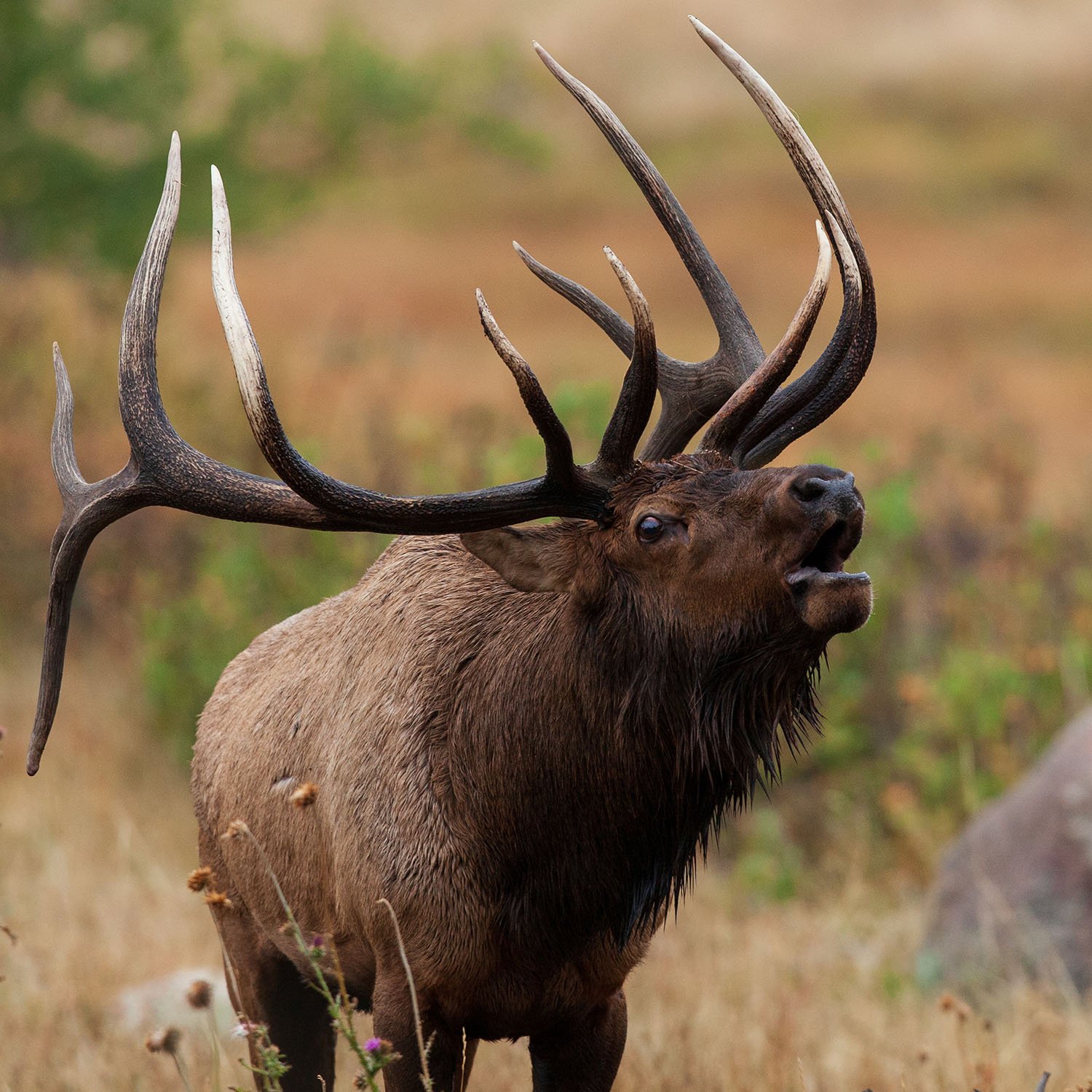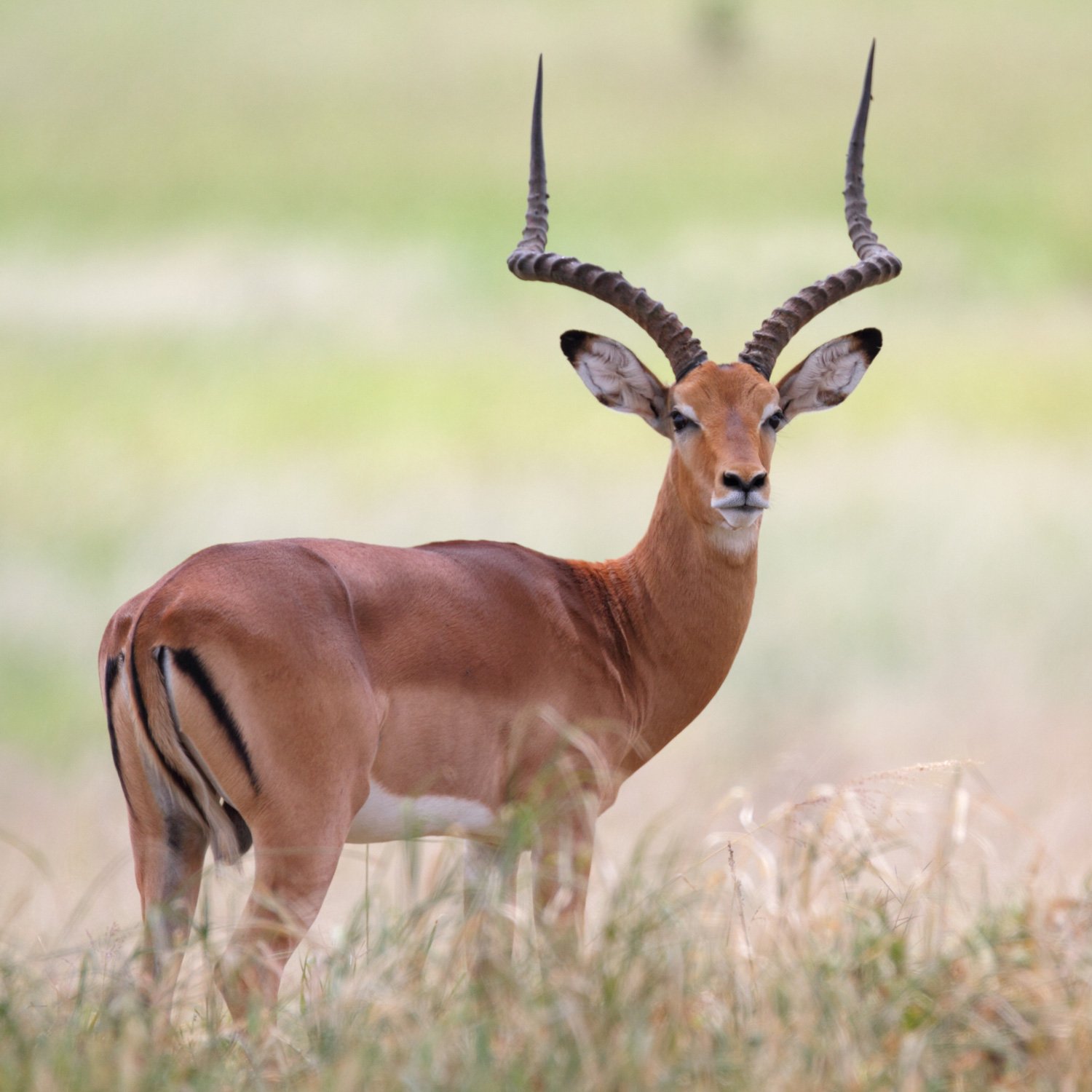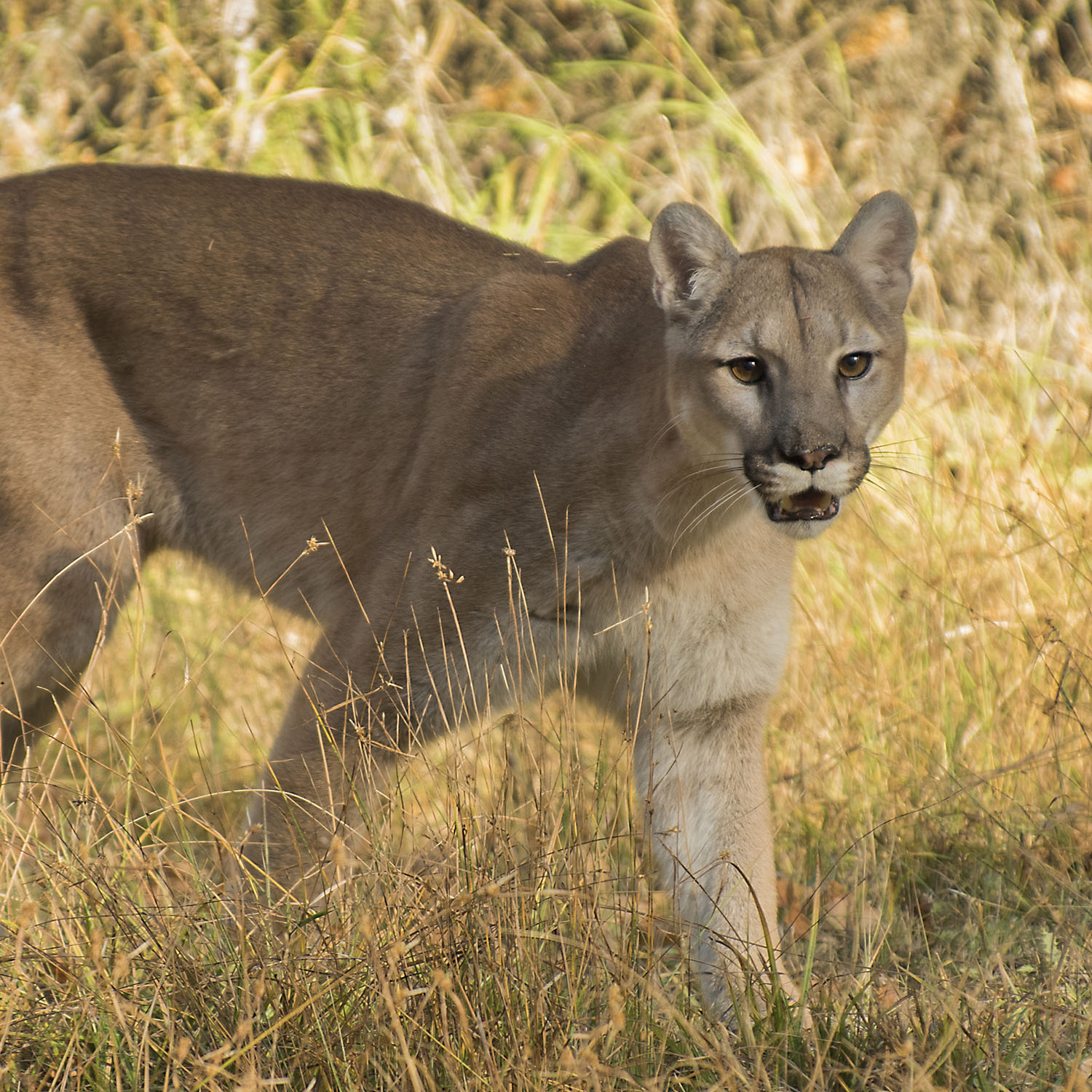Oregon Hunting Guide
Oregon offers a diverse range of habitats that support game species for all types of hunters. Virtually every part of the state has significant hunting opportunities.
What to Hunt
Oregon’s landscape supports several popular big-game species. While some waterfowl and small game opportunities exist in the state, Oregon is most well-known for its big game hunting.

Deer
Blacktails can be found in the coastal mountains. Mule deer are most densely populated in the High Desert and the northeast region of Oregon. Whitetail can be hunted in the southwest and northeast. Rifle deer hunting is general season in western Oregon; archery season is statewide. There are also muzzleloader controlled hunts, and hunters can apply through a drawing for premium deer hunts in each of the wildlife management units. There is a bag limit of one deer statewide.

Elk
Rocky Mountain Elk are found in eastern Oregon and Roosevelt Elk are more common in the west, especially the Coast, Cascade, and Blue Mountain ranges. Rifle season is general season in Western Oregon. Eastern Oregon has controlled hunts for elk. Archery hunting is general season almost throughout the state. Most units have a bag limit of one elk. Hunters may apply for premium elk hunt drawings in most wildlife management units. Applications for controlled hunts are typically due in May.

Antelope
Oregon is home to a stable population of about 25,000 pronghorn antelope. These animals are most concentrated in the High Desert sagebrush of eastern Oregon and the Columbia Plateau. Seasons typically occur in August-September, and hunters should be prepared for dry weather and potential restrictions due to fire season.

Cougar
Cougars can be found across the entirety of Oregon, with particularly strong concentrations in the Cascade Range and Blue Mountains. Though cougar numbers were once declining, the current cougar population is healthy and stable.
Other Oregon game species: Black Bear, Turkey, Gray Squirrel, Blue Grouse, Ruffed Grouse, Hungarian Partridge, Chukar, Rooster Pheasant, Quail, Mourning Dove, Band-tailed Pigeon, Duck, Coot, Wilson's Snipe, Brant, Canada Goose and Crow.
Where to Hunt
Like many other states in the west, Oregon has substantial amounts of public land available for use by hunters. Oregon has a particularly large amount of federal land.
Voluntary Public Access and Habitat Incentive Program
The Voluntary Public Access and Habitat Incentive Program (VPA-HIP) offers financial benefits to landowners, in exchange for allowing public access onto private land. The VPA-HIP is generally used for outdoor recreational activities, including hunting.
Bureau of Land Management Areas
The Bureau of Land Management (BLM) maintains large amounts of Oregon’s public lands. These areas are intended for all types of outdoor activities, including hunting and trapping.
State Forests
Hunting opportunities are abundant in Oregon’s state forests. These areas are maintained by the Oregon Department of Forestry. Note that state forests are subject to individual, varying restrictions and regulations.
Licensing Fees
All hunters must possess a valid hunting license in the state of Oregon. However, youth hunters 11 and younger do not need a license to hunt birds, small game, or unprotected wildlife.
Note that additional tag fees may apply depending on the species targeted.
| License | Resident | Nonresident |
|---|---|---|
| Hunting | $34.50 | $172.00 |
| Youth Hunting (12-17 years old) | $10.00 | $10.00 |
| Senior Hunting | $22.00 | N/A |
| Black Bear | $16.50 | $16.50 |
| Cougar | $16.50 | $16.50 |
| Deer | $28.50 | $443.50 |
| Elk | $49.50 | $588.00 |
| Bighorn Sheep | $142.00 | $1,513.50 |
| Pronghorn Antelope | $51.50 | $395.50 |
Hunter Education
Hunter education is required for all new hunters age 17 and younger, except for when hunting on land owned by a parent or legal guardian. Hunters participating in the Mentored Youth Hunt Program are also exempt.
Hunter education classes are available as online classes, independent study, or traditional classroom learning.
Youth Hunting
Oregon offers several youth hunts throughout the year. A youth hunting license is required to participate in these events..
Youth 17 years of age or under must complete a hunter’s education course. Youth age 12-17 must purchase a Youth License to hunt.
No youth under 11 years of age may hunt for big game, unless they are participating in a Mentored Youth Hunter Program. Youth 13 years of age or under must be accompanied by an adult, 21 years or older, while hunting. This does not apply if the parent or legal guardian owns the hunting property.
Trapping
Anyone trapping furbearing mammals in Oregon is required to have a furtaker’s license. Oregon classifies the following mammals as trappable furbearers: bobcat, gray fox, red fox, marten, muskrat, mink, raccoon, river otter, badger, coyote, nutria, opossum, porcupine, spotted skunk, striped skunk, weasel, and beaver.
The following furbearing mammals are not allowed to be hunted: fisher, ringtail, wolverine, kit fox, Canada lynx, and sea otter.
Hunting Seasons
| Game | Season Begins | Season Ends |
|---|---|---|
| Black Bear | Aug 1 2023 | Dec 31 2023 |
| Cougar | Jan 1 2023 | Dec 31 2023 |
| Deer* | Aug 1 2023 | Jan 5 2024 |
| Elk* | Aug 1 2023 | Mar 31 2024 |
| Pronghorn | Aug 19 2023 | Oct 29 2023 |
| Bighorn Sheep | Aug 15 2023 | Nov 26 2023 |
| Rocky Mountain Goat | Aug 1 2023 | Oct 31 2023 |
| Turkey | Sep 1 2022 | Jan 31 2023 |
| Apr 15 2023 | May 31 2023 | |
| Western Gray Squirrel* | Sep 1 2023 | Nov 15 2023 |
| Ruffed and Blue Grouse | Sep 1 2023 | Jan 31 2024 |
| Chukar and Hungarian Partridge | Oct 14 2023 | Jan 31 2024 |
| Rooster Pheasant | Oct 14 2023 | Jan 31 2024 |
| Quail (California and Mountain)* | Sep 1 2023 | JJan 31 2024 |
| Mourning Dove | Sep 1 2023 | Dec 14 2023 |
| Band-Tailed Pigeon | Sep 15 2023 | Sep 23 2023 |
| Duck* | Oct 14 2023 | Jan 28 2024 |
| Coot* | Oct 14 2023 | Jan 28 2024 |
| Wilson’s Snipe* | Oct 14 2023 | Feb 18 2024 |
| Brant | Nov 25 2023 | Dec 10 2023 |
| Canada Goose (September Season)* | Sep 9 2023 | Sep 17 2023 |
| Goose (regular season)* | Oct 7 2023 | Mar 10 2024 |
| Crow | Oct 1 2023 | Jan 31 2024 |
*Hunting dates for this species may vary by zone, method of take, or subspecies of animal. Visit the state’s website here to find out more.
Disclaimer: The information provided here is not to be construed as legal advice or acted upon as if it is legal advice: it is provided for informational purposes only. While we strive to provide accurate, up-to-date content, we cannot guarantee the accuracy, completeness, or currency of the information.